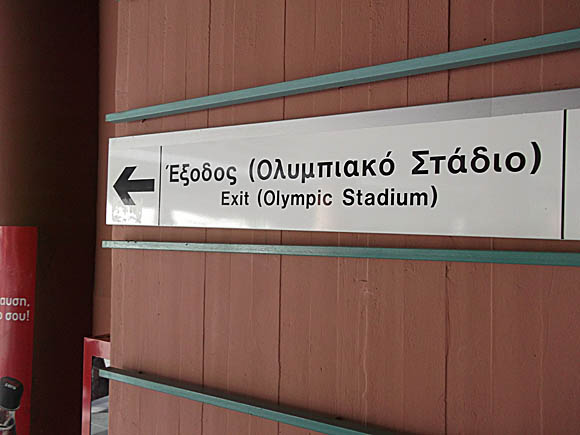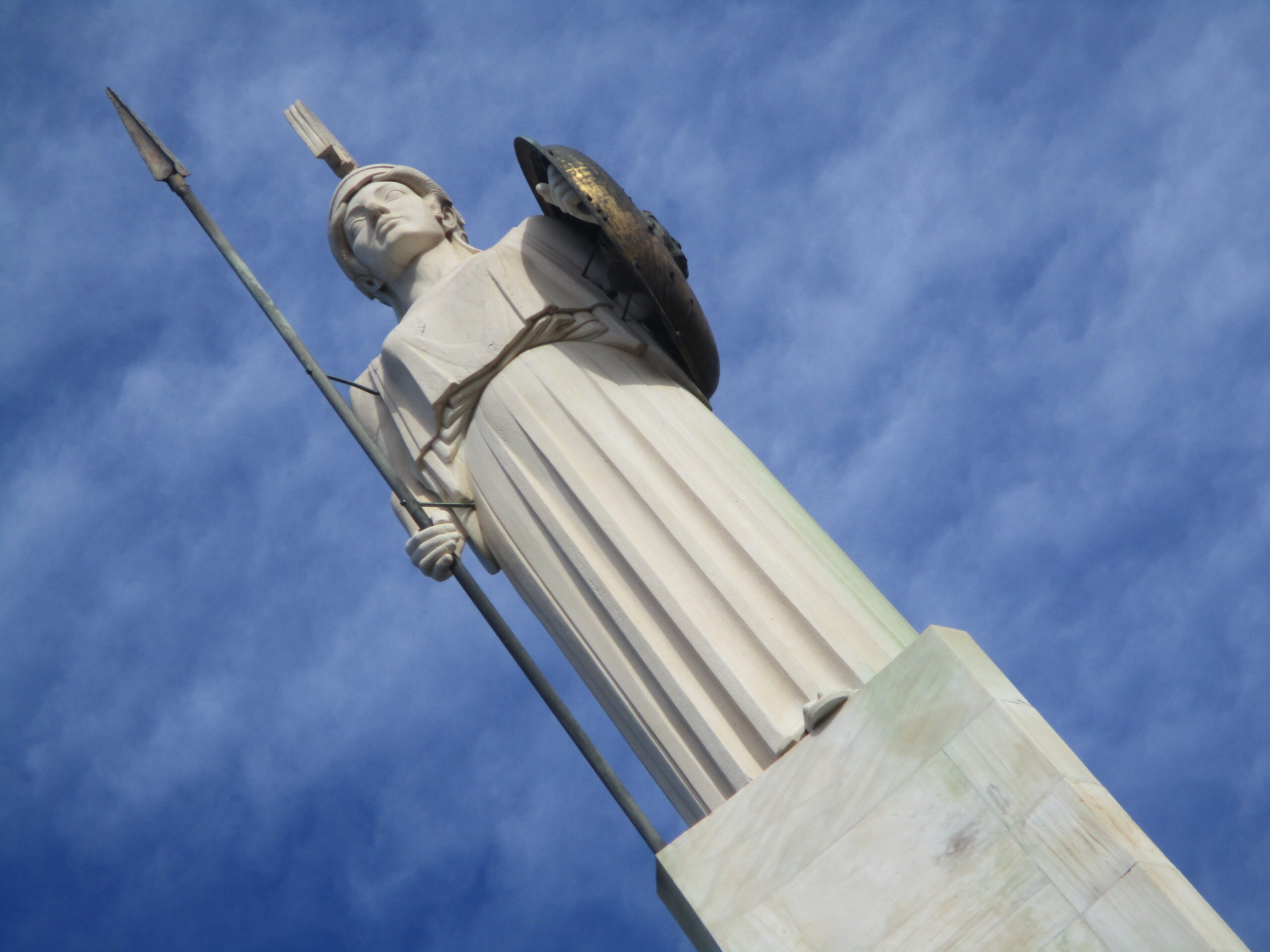The field of dreams – and the story behind it
Redesigned to host the Games of 2004, the modern-day Olympic Stadium was originally constructed over four years from 1978, on a site dotted with classical antiquities – Roman baths were discovered shortly before the revamped arena was due to open.
It is often referred to locally by its acronym of OAKA, carrying the name of Spyridon Louis. Winner of the marathon at the inaugural 1896 Olympics, and local to surrounding Maroussi, 9km (5.5 miles) north of the city centre, Louis is honoured in statue form outside the arena.
The stadium had been originally built for the European Athletics Championships of 1982, later hosting a combination of football matches (including the Champions League Final of 1994), sports events and rock concerts, until the renovation work began in 2002.











Today’s Olympiako Stadio was recreated by renowned Spanish designer Sergio Calatrava, his contemporary masterpiece topped by its signature twin arches, spanning 300 metres and rising 70 metres high, which support the stylish, functional polycarbonate roof.
Inaugurated only days before the official opening of the 2004 Games, the Olympiako remains criminally underused two decades later. For many years, it operated as the de facto home ground of 2018 champions AEK Athens while their new stadium was being built. Playing their first match here for more than a decade, the Greek national team attracted only 5,500 spectators for the friendly with Switzerland in March 2018.
Also hosting a string of Greek Cup finals, the stadium made the news in 2023 when engineers carrying out an inspection found problems with the roof. Reopened in May 2024, the stadium welcomed back Panathinaikos, whose century-old Leoforos Alexandras is under constant threat of closure.











Set in a sports complex of a pool, indoor arena and velodrome, all similarly little-used today, the Olympic Stadium consists of two rings of seating, divided into 35 sectors, with odd numbers 1-35 in the lower tier, even numbers 2-34 in the upper one. Sectors 1-4, 33-35, and 14-20 are behind the goals. There are 34 gates dotted around the arena. Capacity is 69,000 – but only derby games and big European nights attract even half that.
Facing the stadium, the Athens Olympic Museum (Oct-May Mon-Fri 9am-5pm, Sat 10am-9pm; June-Sept Mon-Sat 10am-6pm) is well worth the €7 admission, making the link between the ancient games and 1896, the build-up to which it covers in fascinating detail. The lives and works of Demetrios Vikelas and Pierre de Coubertin, co-founders of the modern Olympics, are richly illustrated.












getting here
Going to the stadium – tips and timings





The nearest metro station is Irini on green line 1, an easy, signposted, ten-minute walk away. You’ll see the arena to your right as the train approaches. The journey time from central Omonia is about 25 minutes.
Nearby is also the suburban railway (or Proastiakos) station of Neratziotissa, linked to Doukissis Plakentias metro station (blue line 3) and therefore Athens Airport.
getting in
Buying tickets – when, where, how and how much


There are three main ticket offices in the complex: one right by Irini metro, one on Kimis nearby, and one behind the east goal. For national-team fixtures, visiting supporters should check with their individual FAs for ticket purchase.
Where to Drink
Pre-match beers for fans and casual visitors


The only bar between Irini metro and the stadium is the Rail Café, to your right as you exit the station. It’s a standard Greek spot, with a fridge full of Amstel beer, spinach pies, toasted sandwiches and seats outside.










